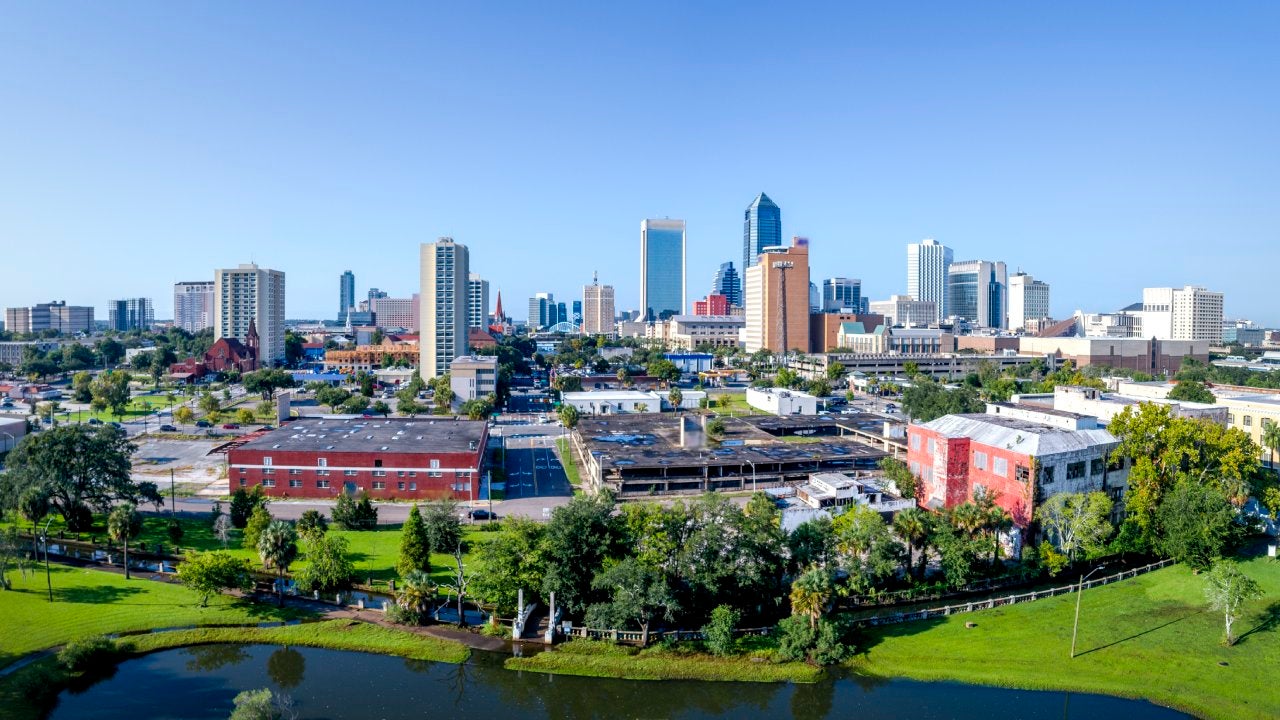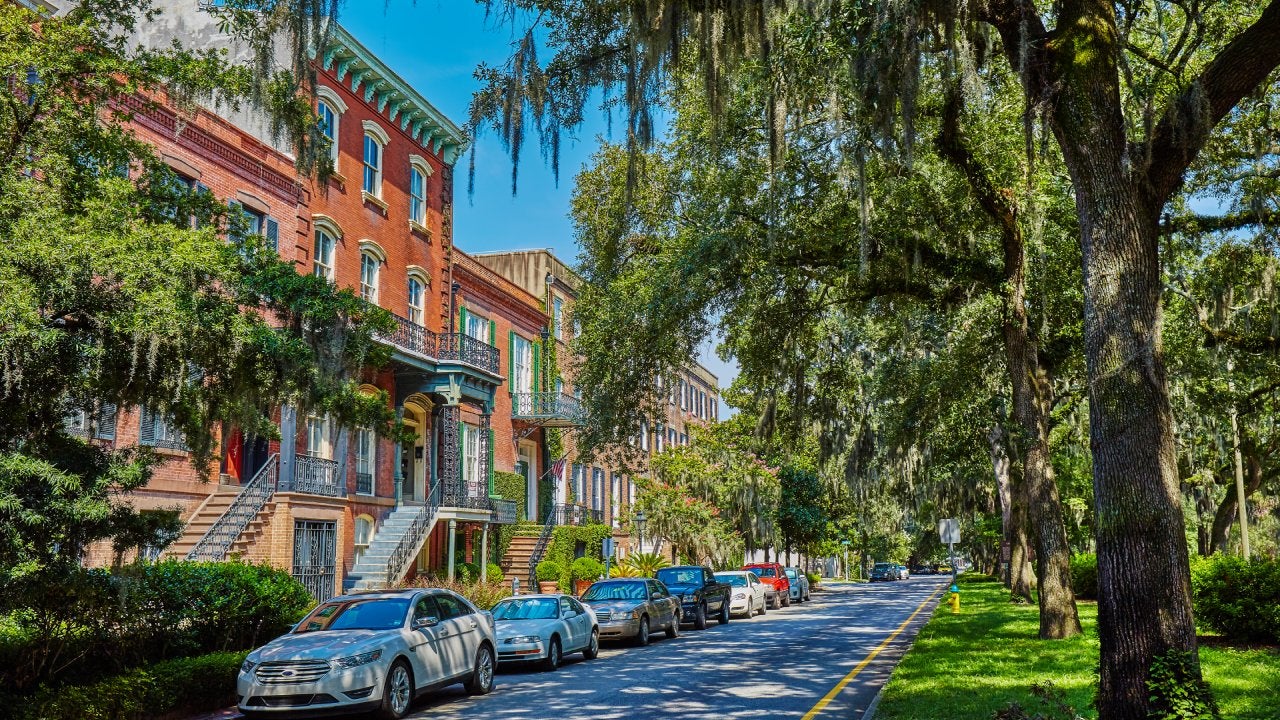Housing market heat shifts to Southeast

The momentum in the U.S. housing market has shifted sharply to the Southeast, a trend underscored by the results of Bankrate’s new Housing Heat Index. Our research shows metro areas in Georgia, Tennessee, Florida and North Carolina atop the list of the country’s strongest seller’s markets.
While many parts of the U.S. are experiencing price declines, home values have held steady in the Southeast. The region’s comparatively affordable prices are attractive to buyers moving in from more expensive parts of the country.
To create the Housing Heat Index, Bankrate analyzed 212 metro areas, examining appreciation of home values, employment levels, job growth, population trends, homes listed for sale and typical selling times.
As the momentum in the housing market shifts from the West Coast and the Mountain West, the Southeast dominated the rankings: Fully 18 of the 20 hottest markets are located in the region. Lawrence Yun, chief economist at the National Association of Realtors, sums up the Sun Belt boom this way: “It’s all about job growth and affordability.”
The coldest markets in Bankrate’s survey, in contrast, are West Coast markets that experienced large run-ups in prices and Rust Belt regions struggling with job growth. No matter whether you’re in a hot market or a cold one, working with a local real estate agent is key for buyers and sellers.
Key takeaways
- Markets in Georgia, Tennessee, Florida and North Carolina are the strongest for sellers.
- Home values are decreasing across much of the U.S., but there has been little change in the Southeast.
- Other factors important to homeowners are appreciation, job growth, local population growth and unemployment rates.
‘An A-plus community’
Coming in at the top of Bankrate’s Housing Heat Index is Gainesville, Georgia, a metro area of 207,000 people located about 50 miles northeast of Atlanta. The area experienced annual home price appreciation of 21.1 percent, according to the Federal Housing Finance Agency, ranking the fourth-highest in the nation.
Key terms
- Home appreciation
- Home appreciation is the increase of your home’s value over time.
Even after the surge in prices, the median price of homes sold in Gainesville in April was $375,000, according to Realtor.com. That’s a bit below the national median of $388,800 — although homes with views of picturesque Lake Lanier fetch much more.
“All around, we have an A-plus community,” says Tommy Howard, president and CEO of the Norton Agency, a real estate brokerage in Gainesville. “We’re good for retirees. We’re good for young families. We’re still relatively affordable, so we see a lot of folks from California and New York gravitate toward us.”
In another strong point for the Gainesville metro area, its unemployment rate as of February was just 2.6 percent. Health care is a major economic driver for the area, said Tim Evans, vice president of economic development at the Greater Hall Chamber of Commerce (Gainesville is the seat of Hall County).
The area has been attracting professionals who are moving out of the Atlanta metro area in search of a slower pace of life. “We are seeing many people who are choosing to move here because they can work from home three, four, five days a week,” Evans says.
Hottest metro areas
Among metro areas of all sizes, these were the five hottest:
- Gainesville, GA: Gainesville ranked high in home appreciation, coming in fourth overall. It also performed above average in job growth (17th), population growth (22nd) and unemployment (tied for 24th). Gainesville showed signs of coolness on only one metric: It ranked 172nd in active listings.
- Knoxville, TN: The northernmost metropolitan area atop the rankings, Knoxville came in sixth in home price appreciation and 35th in population growth. And it scored in the top 100 on every other data point.
- Cape Coral–Fort Myers, FL: This booming market in Southwest Florida ranked fifth in price appreciation and eighth in population growth. Its one weak spot was active listings — it ranked 207th on that front, a showing that pulled down the area’s overall ranking. Fort Myers also ranked on Bankrate’s list of Best Places to Live in the U.S.
- North Port–Sarasota–Bradenton, FL: This Gulf Coast market mirrors the trends just south in Fort Myers (and also appears on the Best Places to Live list). The Sarasota metro area ranks second nationally in price appreciation and 12th in population growth — but 206th in active listings.
- Charlotte, NC: The only major metro area to crack the Top 5, Charlotte-Concord-Gastonia came in 15th in appreciation, 41st in population growth and tied for 44th in median days on market. Its only below-average score was 120th in active listings.
Take lower-cost and lower-tax areas that continue to add population, add in limited inventory of homes for sale, and you have the recipe for housing market strength.— Greg McBride, Bankrate Chief Financial Analyst
Coldest metro areas
These markets came in at the opposite end of the spectrum:
- Pittsburgh, PA: Steel City real estate is in a buyer’s market. The metro area ranked 183rd in appreciation, 177th in employment and tied for 148th in job growth.
- Cedar Rapids, IA: This metro area ranked 200th in home value appreciation, dragged down by unfavorable demographics (Cedar Rapids came in 180th in population growth) and tepid economics (tied for 148th in job growth).
- Medford, OR: This metro area near the California border ranked 210th in appreciation and tied for 188th in employment.
- Shreveport–Bossier City, LA: In a rare poor showing by a metro area in the Southeast, Shreveport was below average in every category in Bankrate’s index. It ranked 204th in population growth and 198th in appreciation.
- Chico, CA: With a population of just over 208,000, the Chico metro area posted low rankings in all six metrics: 206th in median days on market, 205th in price appreciation, 203rd in population growth, 188th in employment (tied), 169th in job growth (tied) and 123rd in active listings.
Hottest large metro areas
Among the top 50 metropolitan areas — those with a population of 2.3 million or more — the hottest areas are:
- Charlotte, NC: Among large metro areas, the Queen City and its suburbs placed fourth in appreciation and seventh in population growth.
- Nashville, TN: This metro area remains hot, ranking fifth in appreciation and seventh in job growth. The only sign of a buyer’s market is in active listings: Nashville ranked 47th among the top 50 markets.
- Tampa, FL: The Tampa Bay region ranked second in appreciation and third in unemployment rate. The only weak spot was a 44th-place showing in inventory.
- Dallas–Fort Worth, TX: The Metroplex ranked third in job growth and sixth in population growth, but its overall score was pulled down by middle-of-the-pack rankings elsewhere.
- Orlando, FL: The home of Walt Disney World had top-five finishes in appreciation, unemployment and job growth, but its inventory and marketing times ranked toward the bottom of the top 50.
Coldest large metro areas
The bottom five large metropolitan areas:
- Portland, OR: This metro area’s home prices were buoyed by new arrivals from California for a long time. But Portland ranked 49th in price appreciation for the period covered by Bankrate’s index.
- Cleveland, OH: Economic woes continue for Northern Ohio. Cleveland tied for 48th in unemployment and ranked 41st in job growth.
- Detroit, MI: The decades-long decline of manufacturing jobs continues to weigh on Detroit’s housing market. The metro area was 43rd in appreciation and 41st in population growth.
- New Orleans, LA: While most of the Southeast is booming, the Crescent City’s economy and housing market are struggling. The New Orleans metro area ranks in the bottom half of every category in Bankrate’s index.
- Pittsburgh, PA: This metro’s unemployment rate of 4.9 percent tied for 48th among the top 50 metro areas. It came in 49th in days on market and 45th in appreciation.
FAQs
You may also like

Boston housing market: Everything you need to know

Jacksonville, FL housing market: Everything you need to know

Georgia housing market: Everything you need to know



